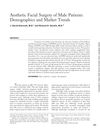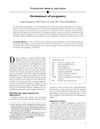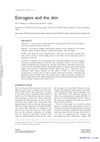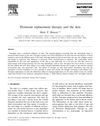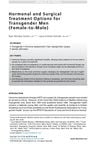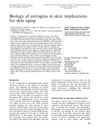Cosmetic Surgery Considerations in the Female Patient
May 2007
in “
Oral and Maxillofacial Surgery Clinics of North America
”
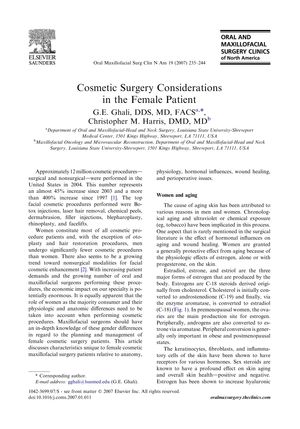
TLDR Understanding gender differences and individual patient characteristics is essential for optimal cosmetic surgery outcomes.
In 2007, the authors highlighted the surge in cosmetic procedures, with a 45% increase from 2003 to 2004, reaching approximately 12 million in the United States, and a more than 400% increase since 1997. The majority of these procedures were performed on women, who showed a preference for nonsurgical facial enhancements. The document stressed the importance for maxillofacial surgeons to consider physiological and anatomical differences in female patients, such as hormonal influences on aging, wound healing, and the effects of estrogen. It also discussed the impact of hormonal changes during pregnancy and menopause, the consideration of bone density, and the risks associated with hyperestrogenic states. The authors emphasized the need for a thorough preoperative evaluation to understand a patient's motivations and to set realistic expectations. The guide also provided a detailed approach to aesthetic evaluation, focusing on facial balance and the differences in facial features between genders, and mentioned non-surgical treatments like Botox and laser resurfacing as options. The conclusion was that understanding gender differences and individual patient characteristics is essential for optimal cosmetic surgery outcomes.
